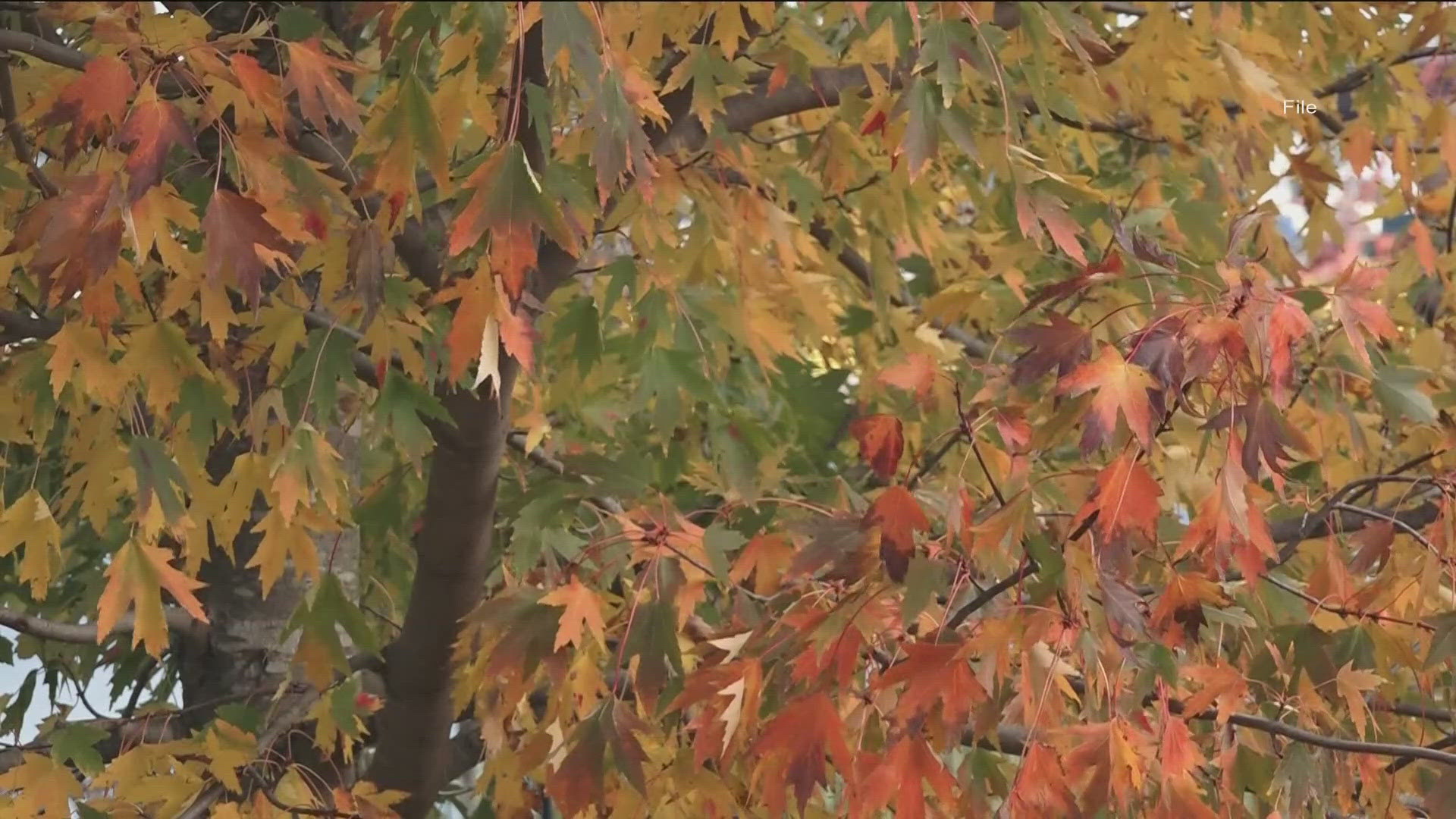ARKANSAS, USA — The colder, darker days of fall and winter are on the way, and for many people, that comes with a dip in their mood. When “winter blues” go beyond just feeling "off," it could be something more serious.
Seasonal affective disorder, or SAD, is a type of depression related to the change in seasons.
Shay Barfield, a nurse practitioner with Mercy in Fort Smith, explained that science shows that SAD happens in the fall and winter for many people due to the changes in circadian rhythms.
“Patients aren't getting as much exposure to sunlight, and then some people maybe have a genetic predisposition toward this,” Barfield said. “Then there are other theories that have to do with the changes in the neurotransmitter serotonin and the availability of it.”
Barfield said SAD is a subset of other disorders, such as major depression or bipolar disorder.
“We would say that the person has a major depression with a seasonality to it, or the patient has bipolar one disorder with a seasonal subtype,” Barfield said.
Symptoms of SAD can include a depressed mood, loss of interest in things that you usually find pleasurable, change in appetite or weight and sleep disturbances.
Barfield said one difference between SAD and major depression patients is that those with SAD will often have atypical features like increased appetite and weight gain, as well as hypersomnia or increased sleep.
“This is for at least two weeks,” Barfield said. “It isn't just like two days; it's not like you're sleeping in on a Saturday. We're talking about at least a two-week period.”
Barfield said SAD is usually treated similarly to major depression or bipolar disorder, often with the addition of light therapy.
Barfield said other ways people can alleviate or prevent symptoms of SAD are getting outside every day to boost serotonin levels and staying active, even if it’s just a 15-minute walk.
When it comes to supporting family and friends who might be dealing with SAD, Barfield said it’s especially important to be kind to one another, especially when going through the stress of the holidays.
“Ways we can do that with somebody that we suspect is struggling with any kind of mental health issue, whether it's SAD or even depression or bipolar disorder, would be to offer to go for a walk with that person if you think that maybe they're not getting out enough,” Barfield said. “Another way is being an understanding and supportive person by going with them to an appointment if they want somebody to go with them, because maybe they're having some of those problems with the psychological function where they're afraid they won't be able to describe their symptoms adequately, or sometimes they just don't want to go alone to an appointment to ask for help.”
If you are experiencing symptoms of SAD for two weeks or more, Barfield recommends seeing a doctor to get the treatment you need and also to rule out any physical condition that might cause low energy that can mimic depression.
If you or someone you know is struggling, you can call the National Mental Health Resource Hotline at 988.

